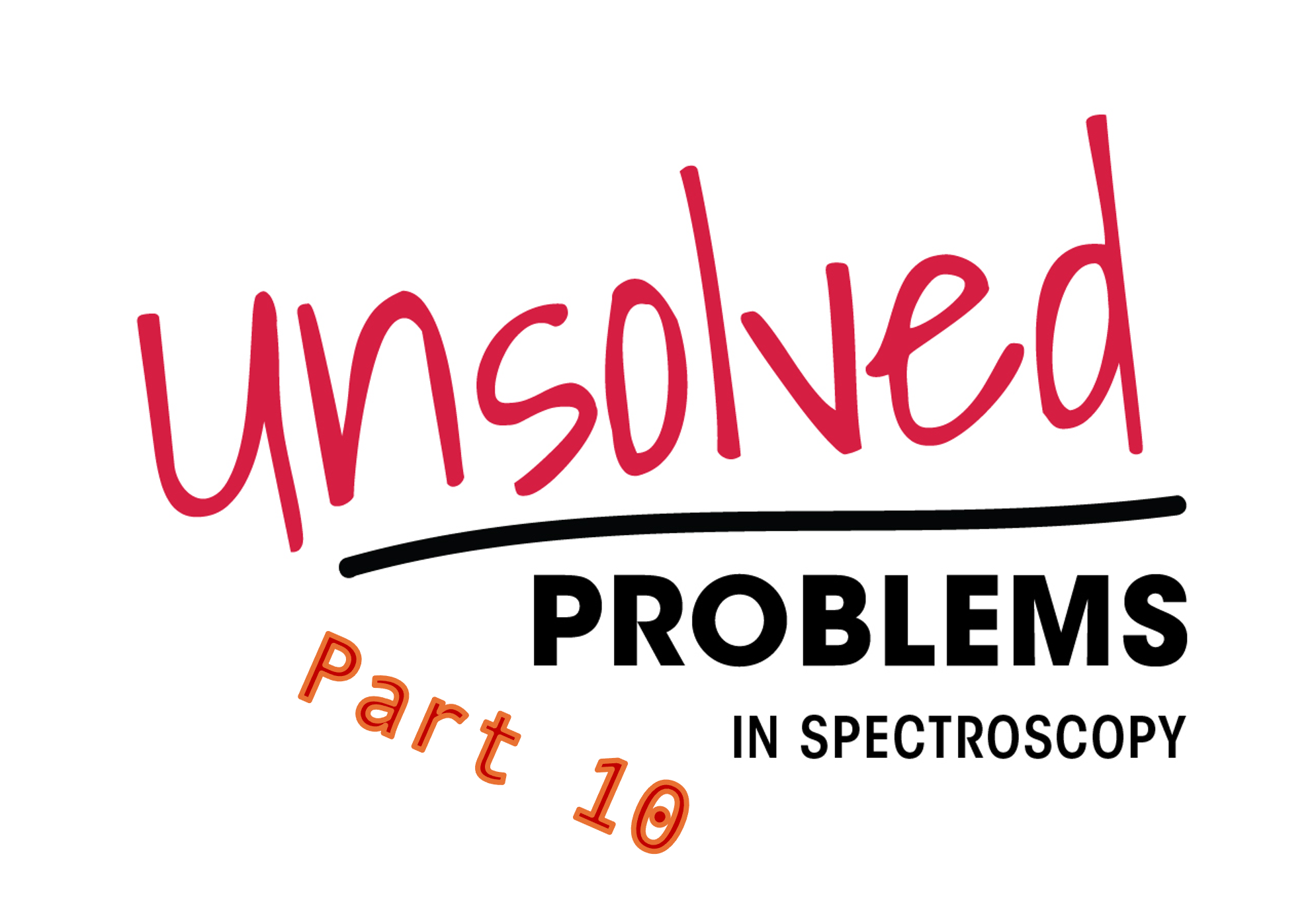News
Article
Best of the Week: Cancer Biomarkers and Screening, Raman for Hematology Diagnostics
Author(s):
Top articles published this week include an interview with Landulfo Silveira Jr., an article about using Raman spectroscopy in hematology, and a recap of a recent study that used infrared (IR) spectroscopy to screen for cancer.
This week, Spectroscopy published various articles that covered many topics in analytical spectroscopy. This week’s articles touch upon several important application areas such as veterinary science, clinical analysis, and lithium-ion batteries, and several key techniques are highlighted, including infrared (IR) spectroscopy, Raman spectroscopy, and electrochemical impedance spectroscopy (EIS). Below, we’ve highlighted some of the most popular articles, according to our readers and subscribers. Happy reading!

Detecting Cancer Biomarkers in Canines: An Interview with Landulfo Silveira Jr.
In this Q&A interview, Spectroscopy sat down with Landulfo Silveira Jr. to talk about his latest research, which has focused on advancing Raman, fluorescence, and reflectance spectroscopy for clinical diagnostics. Recently, Silveira Jr. and his team applied Raman spectroscopy to detect cancer biomarkers in canine blood serum, marking a significant step in veterinary oncology (1). His work emphasizes the potential of spectroscopy for early, non-invasive cancer detection in animals, offering insights for future clinical applications (1).
How Raman Spectroscopy Could Transform Hematology Diagnostics
A study published in the International Journal of Molecular Sciences highlighted Raman spectroscopy as a transformative tool for hematology and oncology diagnostics. Led by researchers from the Medical University of Warsaw, the study emphasizes the ability of Raman spectroscopy to produce molecular “fingerprints” of cells without labels or dyes, enabling precise detection of blood cancers, treatment monitoring, and differentiation between healthy and cancerous cells (2). Raman spectroscopy’s label-free and non-invasive nature, combined with its capacity for real-time analysis, offers significant advantages for hematology (2). However, challenges such as the need for standardized protocols, larger data sets, and improved reproducibility hinder clinical adoption (2). Despite these hurdles, Raman spectroscopy holds great promise for revolutionizing diagnostics in blood cancers and immune-related diseases.
IR Spectroscopy as a Promising Diagnostic Tool for Cancer Screening
Infrared (IR) spectroscopy shows promise as a non-invasive tool for cancer diagnosis using serum and plasma as liquid biopsies, according to a study published in Analytical Chemistry (3). Researchers from the Sree Chitra Tirunal Institute for Medical Sciences and Technology highlighted IR spectroscopy’s ability to analyze molecular fingerprints in the 1500–1700 cm⁻¹ region, crucial for detecting cancer-related changes in proteins. Although methods like PCA and SVM modeling enhance accuracy, challenges such as water interference, the coffee ring effect, and dietary variability hinder clinical adoption (3). The study proposes robust methodologies, including improved drying techniques and standardized protocols, to advance IR spectroscopy’s integration into clinical practice.
New Study Highlights Abnormal Connectivity in Prefrontal Cortex of MCI Patients
A study in Frontiers in Aging Neuroscience explores functional connectivity (FC) patterns in the prefrontal cortex (PFC) of individuals with mild cognitive impairment (MCI), an early indicator of Alzheimer’s disease. Researchers analyzed 67 MCI patients and 71 healthy controls using the Montreal Cognitive Assessment (MoCA) and functional near-infrared spectroscopy (fNIRS) (4). MCI patients showed lower MoCA scores and enhanced FC within a right PFC subnetwork, with higher FC and education levels positively correlating with cognitive performance (4). The study highlights education’s protective role and PFC connectivity’s potential in understanding MCI but notes limitations, including regional sampling and fNIRS’s spatial constraints.
Electrochemical Impedance Spectroscopy Sheds Light on Charge Transfer in Lithium-Ion Batteries
Researchers at Bilkent University and Sabancı University, led by Burak Ülgüt, have advanced the understanding of charge transfer processes in lithium batteries by employing EIS with varied parameters, revealing critical insights into battery performance and kinetics (5).
References
- Wetzel, W. Detecting Cancer Biomarkers in Canines: An Interview with Landulfo Silveira Jr. Spectroscopy. Available at: https://www.spectroscopyonline.com/view/detecting-cancer-biomarkers-in-canines-an-interview-with-landulfo-silveira-jr- (accessed 2024-11-07).
- Workman, Jr., J. How Raman Spectroscopy Could Transform Hematology Diagnostics. Spectroscopy. Available at: https://www.spectroscopyonline.com/view/how-raman-spectroscopy-could-transform-hematology-diagnostics (accessed 2024-11-07).
- Workman, Jr., J. IR Spectroscopy as a Promising Diagnostic Tool for Cancer Screening. Spectroscopy. Available at: https://www.spectroscopyonline.com/view/ir-spectroscopy-as-a-promising-diagnostic-tool-for-cancer-screening (accessed 2024-11-07).
- Wetzel, W. New Study Highlights Abnormal Connectivity in Prefrontal Cortex of MCI Patients. Spectroscopy. Available at: https://www.spectroscopyonline.com/view/new-study-highlights-abnormal-connectivity-in-prefrontal-cortex-of-mci-patients (accessed 2024-11-08).
- Wetzel, W. Electrochemical Impedance Spectroscopy Sheds Light on Charge Transfer in Lithium-Ion Batteries. Spectroscopy. Available at: https://www.spectroscopyonline.com/view/electrochemical-impedance-spectroscopy-sheds-light-on-charge-transfer-in-lithium-ion-batteries (accessed 2024-11-08).
Newsletter
Get essential updates on the latest spectroscopy technologies, regulatory standards, and best practices—subscribe today to Spectroscopy.





